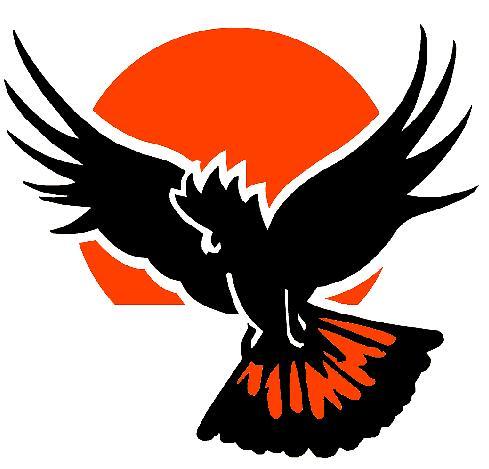Help our Red-tails
Fence off existing stands of Stringybark and Buloke and scattered paddock trees on your property, to protect from stock damage and to allow for natural regeneration.
Incentives for nests
Incentive payments are again being offered to landholders and members of the public for the discovery of new nests sites as part of the Red-tail Nest Incentive Scheme.
Join the count
Although we can’t guarantee you’ll see a Red-tail on the day, we’re sure you’ll enjoy a fun day out in the bush searching for our colourful cockatoos.
Welcome
Urgent call for nests
 Photo credit: Bob McPherson
Photo credit: Bob McPhersonThe Recovery Team and BirdLife Australia are urging the public to report all nests of the endangered South-eastern Red-tailed Black-Cockatoo.
The Team, who has been working with the community to locate nest sites across the cockatoo’s range in South East of South Australia and South West Victoria, will again be offering incentives for information on Red-tail nests, as part of Nest Incentive Scheme.
Incentives of up to $500 will be paid to landholders and members of the public for information leading to the discovery of new nest sites and nests in use this year that are already known to the Team.
Information leading to the location of nest sites is now needed more than ever.
Recent findings indicate the cockatoo is now more threatened than previously thought, and that poor nesting success is a key driver.
Work is urgently needed to better understand the potential causes of nest failure and to identify any new or emerging threats that may be contributing to poor breeding success.
Any information landholders and the public can provide on the location of nest sites for monitoring will help us to better understand potential factors at play, so we can improve and/or adapt current threat and habitat management strategies for the cockatoo.
Where can I find nests? Red-tails require large hollows for nesting, which naturally occur in very old, large eucalypts such as River Red Gums. Nests can be in dead or live trees and are more likely to occur in areas where there is stringybark within a 3 km radius.
Sightings of single adult males or pairs of birds coming into water or to trees with large hollows may serve as clues to nesting birds.
Anyone who notices this behaviour or knows of a nest site in use is encouraged to report their observations to the Project Coordinator at redtail@birdlife.org.au or by calling 1800 262 062.
Redtail News
-
BirdLife Australia and the Recovery Team are once again looking for volunteers to assist with the 2024 annual count for the nationally endangered South-eastern Red-tailed Black-Cockatoo.
This year the count will be held on Saturday 4 May across the cockatoo’s range in the South East of South Australia and South-west Victoria.
More%20edit.jpg)
-
Feb 14, 2014
Latest Video
.png)







